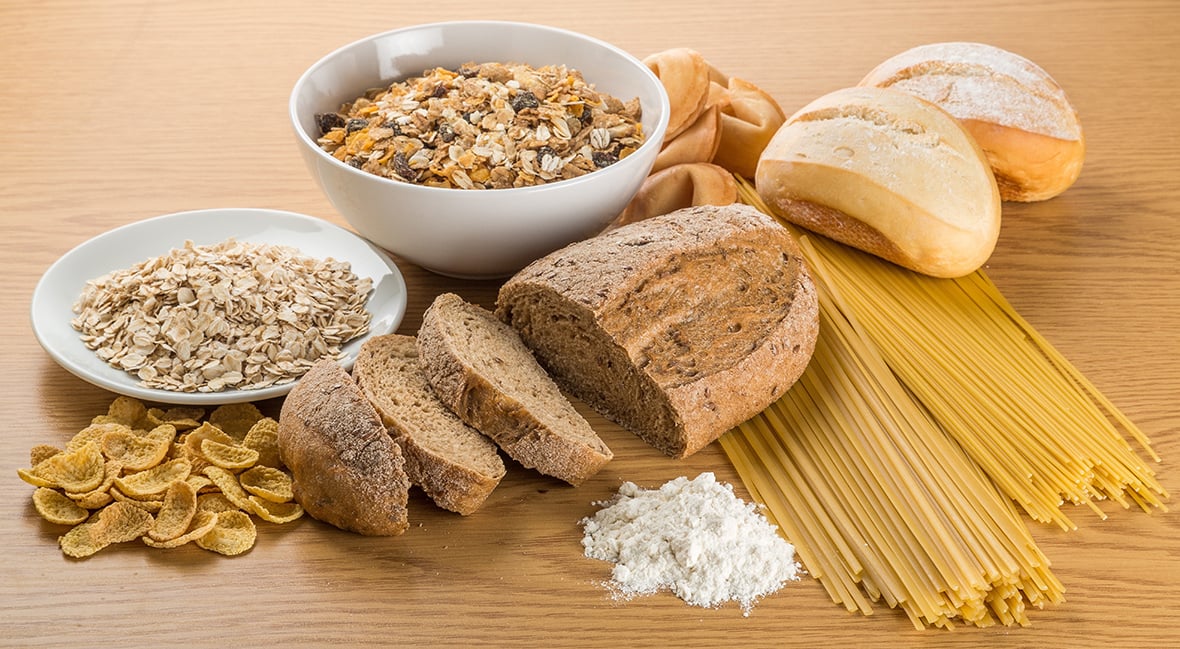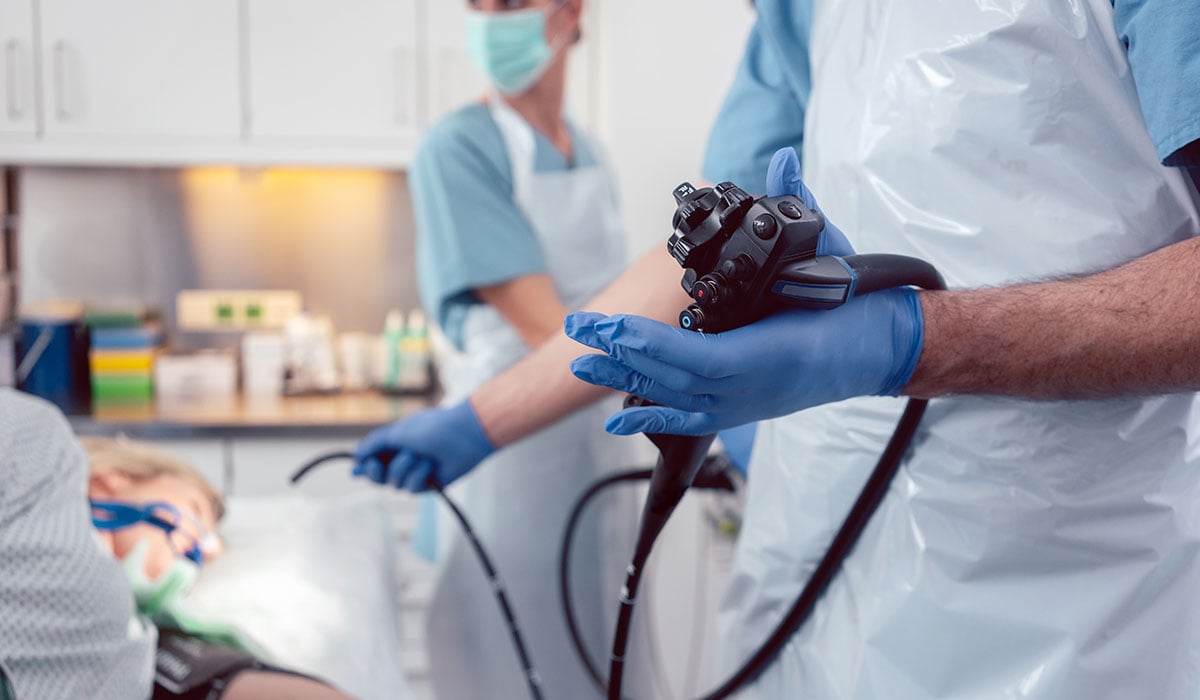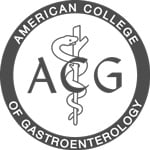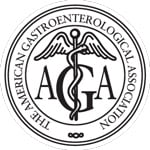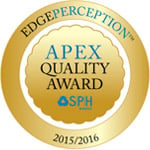People with celiac disease must maintain diets completely devoid of gluten to avoid aggravating symptoms that damage the bowel. A diagnosis may seem severely limiting, with an endless sea of "no"—no bread, no pasta, no beer—but with some nutritional guidance, celiac patients can enjoy delicious meals with the same confidence the unafflicted may take for granted.
Celiac Disease Overview
- Celiac disease is a hereditary immune-mediated disease affecting an estimated 1% of the global population.
- With celiac disease, consuming even the smallest amount of gluten—a protein found in wheat, barley and rye—triggers an immune response in the small intestine that causes inflammation and malabsorption.
- There is no cure for celiac disease—strict adherence to a gluten-free diet is the only course of treatment.
- If celiac disease goes undiagnosed and gluten consumption persists, the gluten-related inflammation will eventually cause damage to your gut.
In this post, we’ll help to familiarize you with common gluten-containing foods to avoid, as well as dietary alternatives that are safe to consume.
What Is Gluten?
Believe it or not, gluten is not a naturally occurring substance. It’s formed only after the water-insoluble proteins in wheat, barley and rye—gliadin and glutenin—are hydrated. This causes the two proteins to react and bind together to create gluten.
This process is inherent in the making of most types of bread, cereal, pasta, and more. In these foods, gluten acts as a binding agent, determining a food’s elasticity. Plus, gluten has preservative qualities that help to keep food fresh, longer.
Unfortunately, gluten’s presence in the average Western diet is pervasive. Therefore, a prescription for a gluten-free life might mean giving up some favorites. Awareness of gluten-related disorders has encouraged rapid growth in gluten-free manufacturing, however. Some restaurants' entire menus cater to the dietary restriction! Eating with celiac disease in 2019 isn’t all that bad.
Read More About Gluten Sensitivity
The following is a helpful outline of the foods restricted on the celiac diet, along with a long list of delicious unrestricted foods that will fuel your gluten-free life:
Celiac Diet: Forbidden Foods
Wheat, barley or rye can be found in most of the following foods:
- Baked Goods
- Beer
- Bread
- Brewer’s Yeast
- Cereals
- Food Coloring
- Malt
- Pasta
- Salad Dressings
- Sauces
- Soups
Gluten-Free Labeling
You won’t find any neon warning labels on foods that contain gluten, but there are certain stipulations in place that make it easier for those with celiac disease to source their food with confidence.
As of 2013, the U.S. Food and Drug administration (FDA) issued a final rule defining the term “gluten-free,” which enables manufacturers to place a gluten-free label on compliant products. The gluten-free mark is not mandated, however, it is voluntary, so don’t be discouraged if you don’t see it—just read the ingredients if you are unsure. If you're dining out, ask your server.
Here are the gluten-free label requirements as detailed by the FDA:
The rule defines "gluten-free" as food that is either inherently gluten-free, or does not contain an ingredient that is:
- A Gluten-Containing Grain
- Made From a Gluten-Containing Grain That Has Not Been Processed to Remove Gluten
- A Gluten-Containing Grain That Has Been Processed to Remove Gluten but That Results in the Presence of 20 Parts Per Million (PPM) or More Gluten in the Food
Also, any unavoidable presence of gluten in the food must be less than 20 ppm.
When you're checking nutrition labels, be sure to check for ingredients such as wheat flour, malt vinegar, wheat starch, or barley enzymes that may be present in the following foods:
- Brown Rice Syrup
- Candy
- Fried Food
- Non-Corn-Based Tortilla Chips
- Potato Chips
- Processed Deli Meat
Celiac Diet: Safe Foods
Let’s talk about what you can eat with celiac disease using the macronutrients—carbohydrates, fats and proteins—as a guide.
You may have noticed that a lot of carb-heavy foods are restricted in the celiac diet, so we’ll start there. When you’re eating gluten-free, your carbohydrates will come from fruits, vegetables, beans, legumes, and nuts. That’s the worst of it. Besides, there are an increasing number of gluten-free versions of your favorite gluten-rich snacks showing up on grocery store shelves all the time—you'll likely find them in the refrigerated section.
Fat and protein sources in the celiac diet are mostly on par with the standard Western diet. Meat and poultry, fish and seafood, tofu, dairy, and again, beans, legumes and nuts, are all safe to consume on a gluten-free diet.
Avoid Common Nutritional Deficiencies
Inflammation associated with celiac disease may result in malabsorption of nutrients. In addition, many restricted gluten-containing foods contain essential nutrients. You may be prone to deficiencies if you don’t course correct with micronutrients in mind. Vitamin B1, potassium, magnesium, and fiber, for example, are all commonly found in whole grains. Rest assured you can obtain all of these nutrients from other whole foods or from nutritional supplements, too.
Here are some of the whole foods you can incorporate into your diet to stave off nutrient deficiencies commonly associated with celiac disease:
- For vitamin B1, eat spinach, poultry, mushrooms and asparagus.
- For potassium, eat bananas, avocados and beets.
- For magnesium, eat beans, nuts, potatoes and leafy greens.
- For fiber, eat peas, berries and almonds.
Try These Local Celiac-Friendly Eateries
Gastroenterology Associates is conveniently located adjacent to Long Island Center for Digestive Health (LICDH), a New York State-licensed non-hospital outpatient facility committed to providing exceptional colonoscopic and endoscopic services in a welcoming, stress-free environment.
If you’re native to Long Island, or visiting, and have been diagnosed with celiac disease, here is a helpful rundown of several local eateries that cater to the gluten-free crowd:
- Tiger Lily Cafe: 156 East Main Street, Port Jefferson
- Bare Naked Bakery & Cafe (two locations): 2572 Merrick Road, Bellmore & 16 Manetto Hill Road, Plainview
—Mangia & buon appetito!
If you have been diagnosed with celiac disorder, but do not feel relief after adhering to the celiac diet for several months, talk to your doctor about further testing. It is not uncommon for celiac to occur simultaneously with other digestive disorders, such as IBS or lactose intolerance.
If you think you may be experiencing an undiagnosed case of celiac disease, schedule a consultation, right away.



